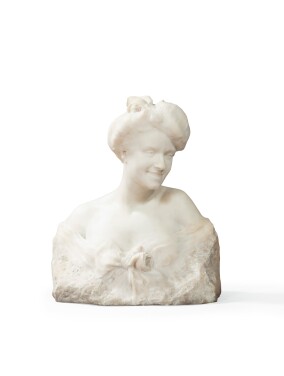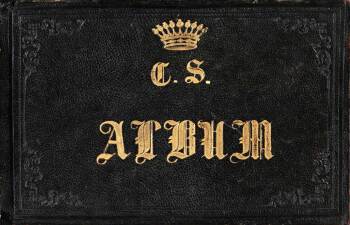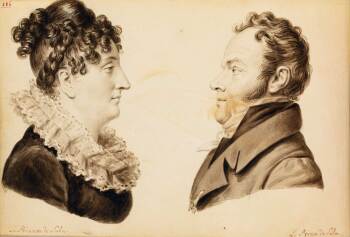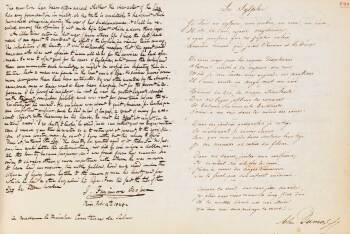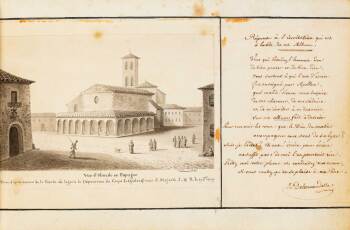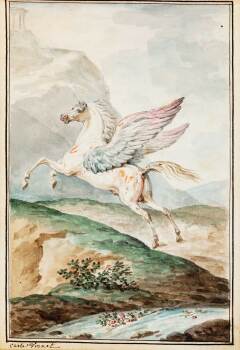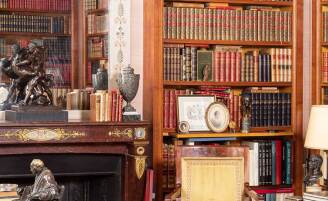F rom October 4 to 14, Sotheby's will be offering for sale a private collection from a Parisian hôtel particulier that still bears, more than two centuries after her passing, the mark of a literary and artistic figure of the 19th century, Constance de Salm. A great collector and bibliophile, the owner of the house was guided in his choices by an undeniable sense of history and profound erudition.
Highlights of the collection include works by Paul Valéry, Alfred Dreyfus’s Cinq années de ma vie with an inscription to the colonel Picquart, and a copy of Venises by Paul Morand illustrated with Philippe Jullian’s original watercolours. Each artwork highlights 200 years of artistic continuity that continues with the same elegance to this day.
Sale Highlights
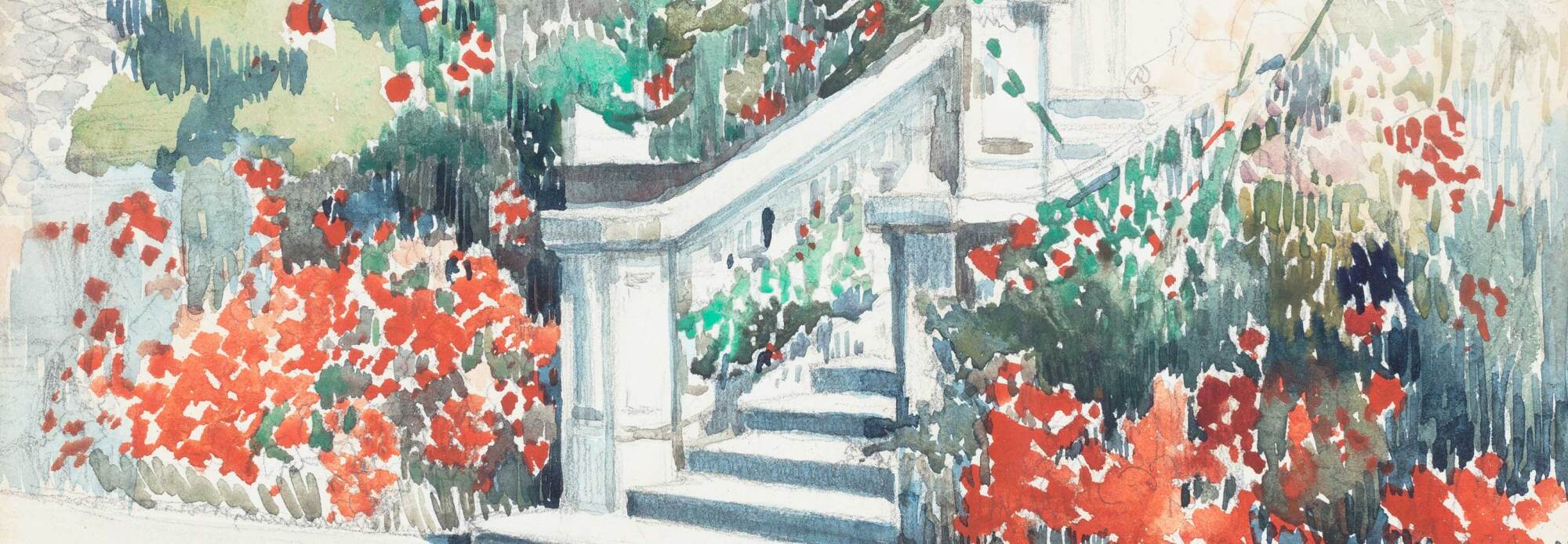
The sculptor François Cogné (1876-1952) studied with Barrias at the École des Beaux-Arts and was later Médaillé des Artistes Français at the annual Salon. His many works are a precious testimony of his time.
The exceptional portrayal of Georges Clemenceau on the Champs-Elysées "leaning forward to face the storm" is just one of the many important bronzes from the author: among them, Maréchal Foch, the equestrian statue of Maréchal Lyautey in Casablanca, Pope Pius XI, the statue of navigator Prince Albert I located in the gardens of Monaco, and the sculpture of Baron Haussmann, inaugurated in 1989 in the presence of the mayor of Paris. Together, they form a pantheon of great figures from the late 19th and early 20th century.
François Cogné died in 1952, leaving to posterity a large body of work that reflect a career entwined with the history of France. Related to the family of our collectors, this sale includes a wide variety of works by Cogné, oils as well as sculptures that show other facets of the artist’s oeuvre.
Featured Lots
The "Album Amicorum"
- The Album
- Constance de Salm
- Remarkable Inscriptions
- Drawings and Watercolors
- Dedicated Illustrations
-
 The AlbumThis album initiated on 1 January 1809 – the year when the Prince and Princess de Salm moved to Hôtel de Ségur – remained in use until 1841. It opens with a dedicatory poem in Constance de Salm’s handwriting asking her friends to fill the book to keep from breaking her heart. The pages contain poems, compliments, music notation, romances, songs, drawings, and words of friendship and admiration.
The AlbumThis album initiated on 1 January 1809 – the year when the Prince and Princess de Salm moved to Hôtel de Ségur – remained in use until 1841. It opens with a dedicatory poem in Constance de Salm’s handwriting asking her friends to fill the book to keep from breaking her heart. The pages contain poems, compliments, music notation, romances, songs, drawings, and words of friendship and admiration. -
 Constance de SalmAn accomplished literary woman, an active feminist, and a long-time epistle-writer, Constance enjoyed a brilliant education. She published poems in a variety of literary magazines while still very young. During the Reign of Terror in 1793, she composed her first lyric tragedy, Sapho, set to music by Martini. The success of Sapho brought Constance into the spotlight, and the artistic sphere of the time quickly acclaimed her literary talents. After separating from her first husband, the doctor Jean-Baptiste Pipelet, she married Joseph de Salm-Reifferscheidt-Dyck – who shared her keen interest in the arts and sciences – in 1803.
Constance de SalmAn accomplished literary woman, an active feminist, and a long-time epistle-writer, Constance enjoyed a brilliant education. She published poems in a variety of literary magazines while still very young. During the Reign of Terror in 1793, she composed her first lyric tragedy, Sapho, set to music by Martini. The success of Sapho brought Constance into the spotlight, and the artistic sphere of the time quickly acclaimed her literary talents. After separating from her first husband, the doctor Jean-Baptiste Pipelet, she married Joseph de Salm-Reifferscheidt-Dyck – who shared her keen interest in the arts and sciences – in 1803. -
 Remarkable InscriptionsAt their elegant mansion on rue du Bac in Paris, at Château de Dyck in the Rhineland, or at their house in Aix-la-Chapelle, she loved to entertain and visit with a number of friends.
Remarkable InscriptionsAt their elegant mansion on rue du Bac in Paris, at Château de Dyck in the Rhineland, or at their house in Aix-la-Chapelle, she loved to entertain and visit with a number of friends.
Many of them left a word in the album, praising the grace, beauty, intelligence and talent of their hostess in both poetry and prose. Let us mention Alexandre Dumas père (the poem Le Sylphe, p. 199) or the famous dermatologist Jean-Louis Alibert. -
 Drawings and WatercolorsThe album features 66 drawings, mostly signed, including 41 portraits. The first is a watercolour of a geranium by the Prince de Salm, a keen botanist (p. 6). Notable among the drawings are that of the architect Antoine-Laurent Vaudoyer (Temple de la poésie, in sepia wash, signed and dated 1809, p. 63) and those of the painter Jean-François Lagrenée (29 captioned portraits, unsigned, in sepia wash, on 15 pages; they represent the Prince and Princess de Salm, Naigeon, Vaudoyer, Lagrenée, Girodet, Cherubini, and others, p. 158-186).
Drawings and WatercolorsThe album features 66 drawings, mostly signed, including 41 portraits. The first is a watercolour of a geranium by the Prince de Salm, a keen botanist (p. 6). Notable among the drawings are that of the architect Antoine-Laurent Vaudoyer (Temple de la poésie, in sepia wash, signed and dated 1809, p. 63) and those of the painter Jean-François Lagrenée (29 captioned portraits, unsigned, in sepia wash, on 15 pages; they represent the Prince and Princess de Salm, Naigeon, Vaudoyer, Lagrenée, Girodet, Cherubini, and others, p. 158-186). -
 Dedicated IllustrationsWe might also mention a watercolour signed by Carle Vernet representing a winged horse (along with a few lines in the painter’s hand: “I thought that ahorse for Madame de Salm could only have wings. I ask her indulgence for this light sketch, and I beg her to believe that it was not executed without enthusiasm”, dated 6 May 1809.
Dedicated IllustrationsWe might also mention a watercolour signed by Carle Vernet representing a winged horse (along with a few lines in the painter’s hand: “I thought that ahorse for Madame de Salm could only have wings. I ask her indulgence for this light sketch, and I beg her to believe that it was not executed without enthusiasm”, dated 6 May 1809.
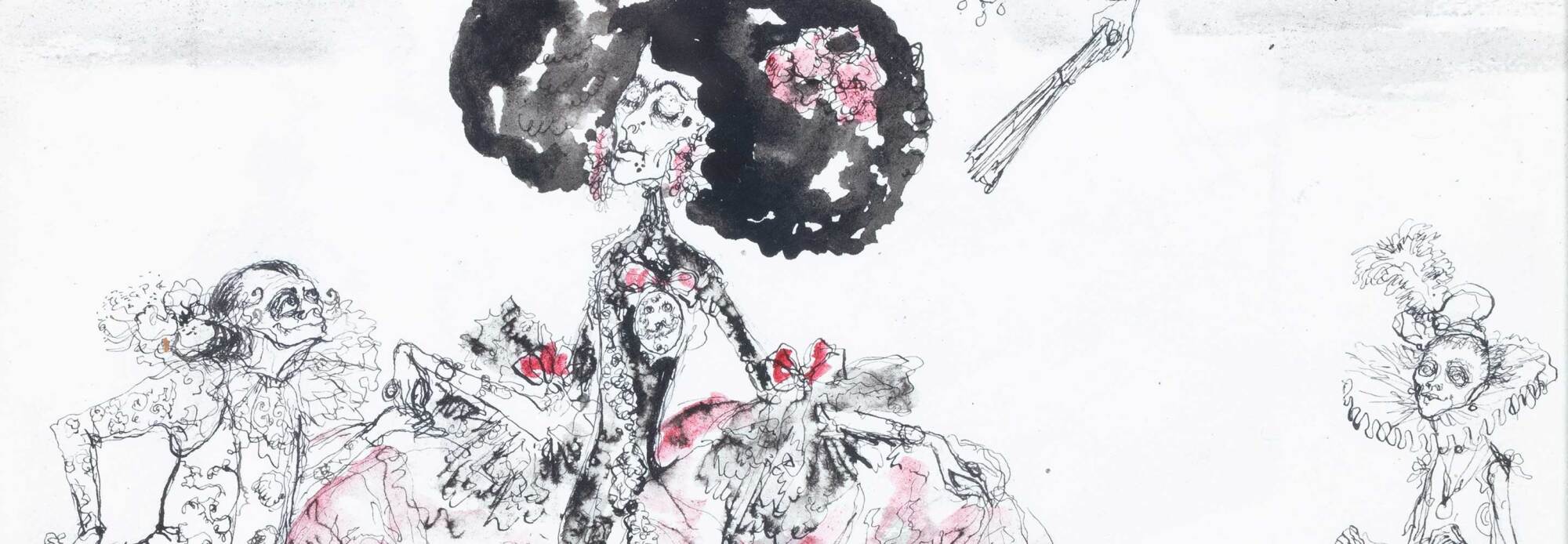
Philippe Jullian (1919-1977) embodied the idea of the prolific socialite, artist and chronicler, concerned with image, constantly in search of the rare trinket. He frequented the heirs of Proust's world, a world that inspired one of his first books, Gilberte Retrouvée (1947). Equally a brilliant draftsman, he established himself as a master of cruel caricature of the society that he knew so well in France or in England; he illustrated with verve À La Recherche du Temps Perdu for an English edition of the novel published in 1949. Around the same time, he published a portfolio of Proustian illustrations, XV Portraits d’Après l’Œuvre de Marcel Proust.







